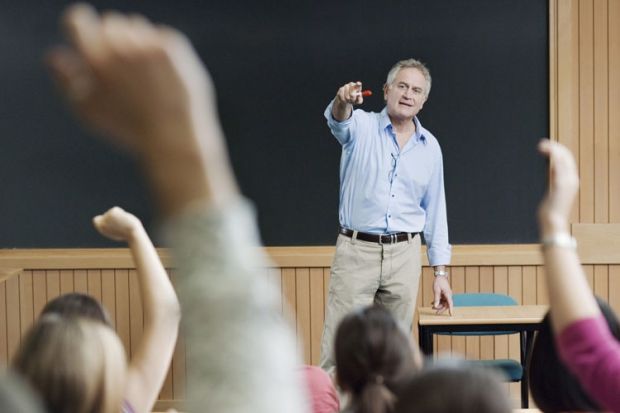According to data released by the Higher Education Statistics Agency on 23 January, some 46,795 academic staff (25 per cent) were employed on teaching-only terms in 2012-13 and 91,600 (51 per cent) had contracts for both research and teaching.
Overall, 185,585 staff were employed on academic contracts, about 2 per cent higher than the 181,385 employed in 2011-12, though the classification methodology has changed over the past year.
In addition, there were 74,075 academic staff employed on “atypical contracts”, whose “working arrangements are not permanent, involve complex employment relationships and…may be characterised by a high degree of flexibility”, Hesa explained in its release, titled, ‘Staff at Higher Education Institutions in the United Kingdom 2012-13’.
It is not possible to discern if this figure has risen over the past few years because 2012-13 was the first time that figures for staff on atypical contracts in higher education have been broken down into academic and non-academic categories. The same applies for the figure on teaching-only contracts.
Overall, when the survey was taken on 1 December 2012, there were 382,515 staff (excluding atypical staff) employed in the higher education sector, showing an increase of 1.1 per cent from 378,250 such staff employed in 2011.
Of academic staff, 82,670 (44.5 per cent) were women, the same proportion as in 2011.
Some 17,880 academic staff were employed on a contract level described as a professor in 2012, of whom 3,870 (21.7 per cent) were female.
Nearly two-thirds (64 per cent) of academic staff were employed on open-ended or permanent contracts in 2012, roughly the same as in 2011, while 35.6 per cent were on fixed term contracts, slightly down on the 36.2 per cent a year earlier.




